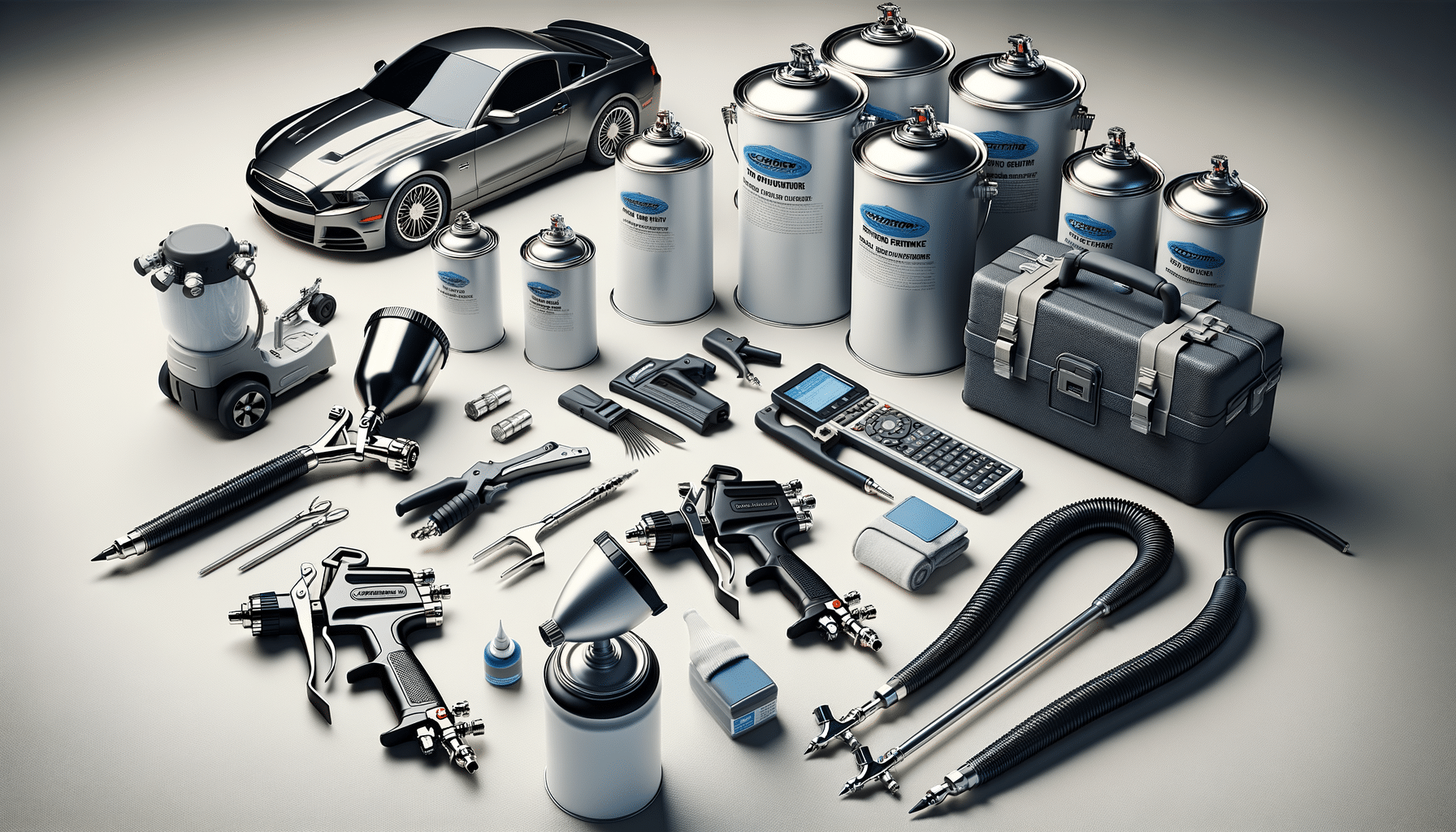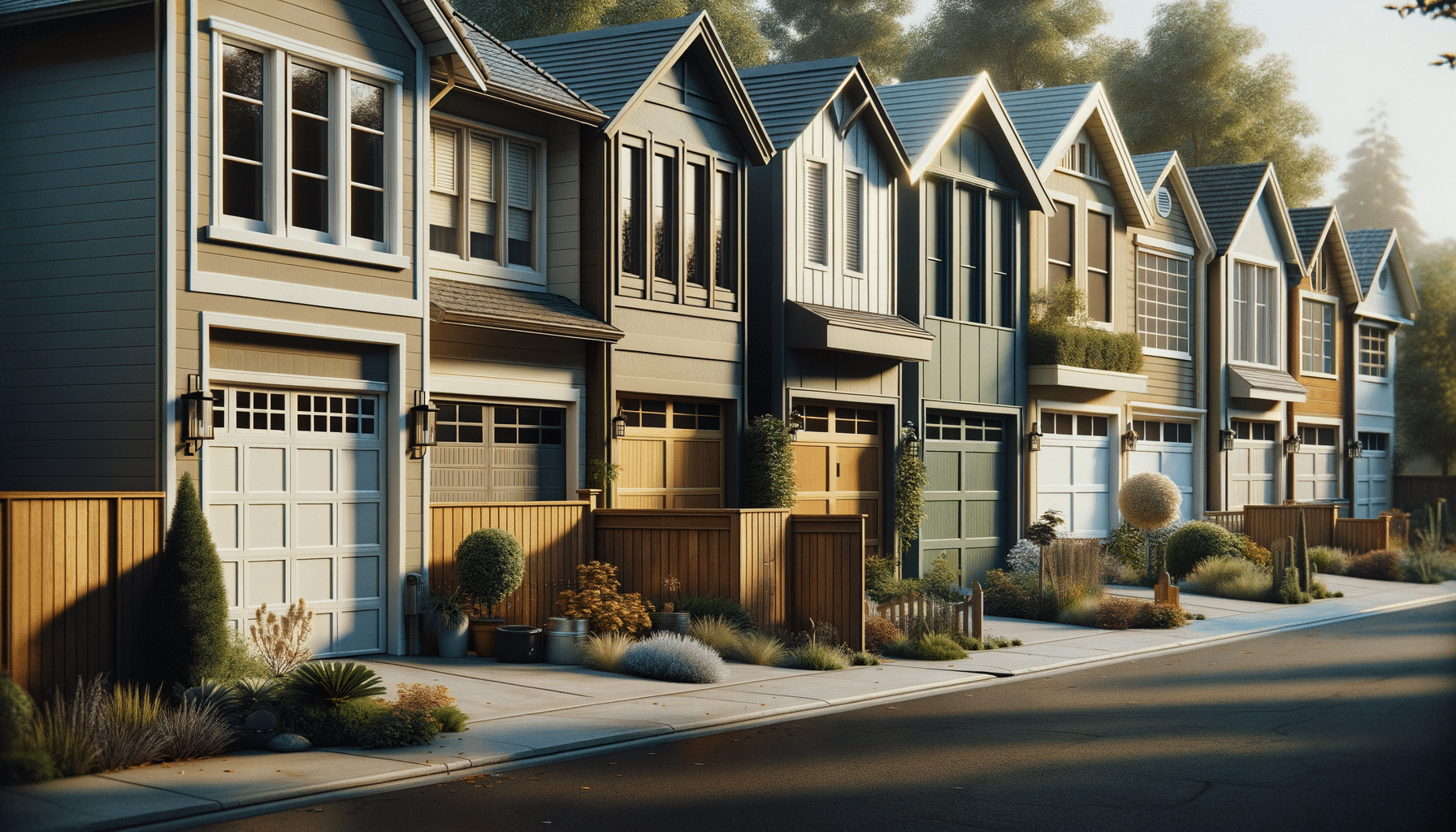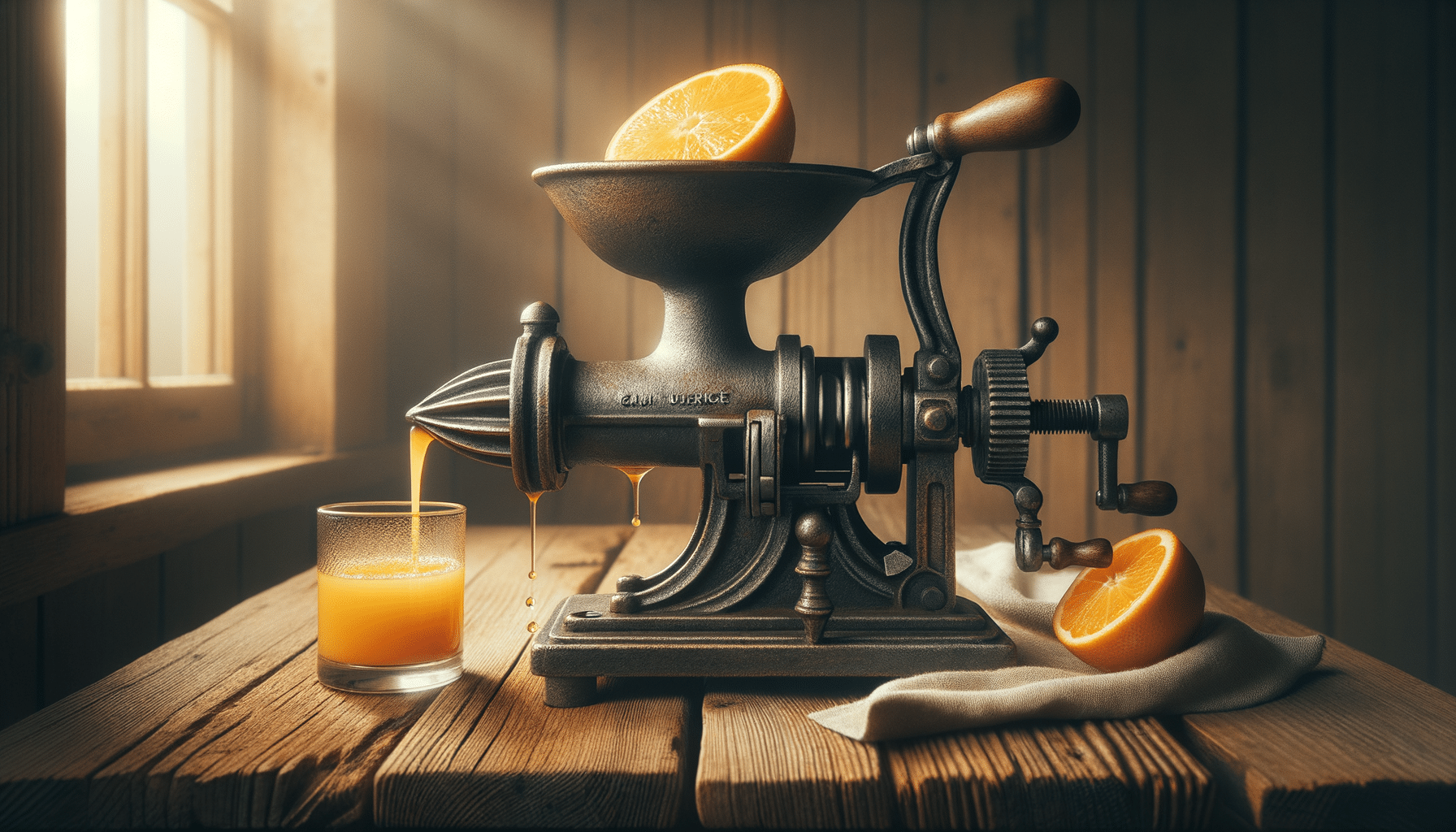
Avoid These Common Mistakes When Choosing a Paint Sprayer Gun—And What to Know About Airless, Cordless, and Similar Paint Sprayer Gun Options for Smooth, Efficient Results
Understanding Paint Sprayers: Types and Applications
Paint sprayers have revolutionized the way we approach painting tasks, offering efficiency and a smooth finish that brushes and rollers often struggle to achieve. Whether you’re a professional painter or a DIY enthusiast, understanding the different types of paint sprayers can help you select the right tool for your project. The most common types include airless paint sprayers, paint spray guns, and high-volume low-pressure (HVLP) spray guns.
Airless paint sprayers are known for their ability to cover large areas quickly. They operate by pumping paint at high pressure through a hose and out of a tiny hole in the spray gun tip. This type of sprayer is ideal for exterior surfaces like fences, decks, and walls. However, it requires a certain level of skill to avoid overspray and achieve a consistent finish.
Paint spray guns, on the other hand, are versatile tools that can be used for detailed work. They are often used in automotive painting, furniture refinishing, and other projects requiring precision. The key to a successful outcome with a paint spray gun is choosing the right nozzle and adjusting the air pressure to suit the paint type and surface.
HVLP spray guns are designed to minimize paint waste and overspray. They use a high volume of air at low pressure to atomize the paint, making them suitable for detailed and intricate work. These spray guns are popular for indoor projects and furniture painting, where control and precision are paramount.
- Airless Paint Sprayers: Quick coverage, suitable for large areas.
- Paint Spray Guns: Versatile, ideal for detailed work.
- HVLP Spray Guns: Minimizes waste, perfect for precision tasks.
Exploring Airless and Cordless Paint Sprayers
Airless paint sprayers are a go-to choice for many professionals and DIYers due to their speed and efficiency. These devices work by pumping paint at high pressure, allowing for even coverage over large surfaces. They’re particularly useful for exterior projects like painting fences, decks, and large walls. However, airless sprayers can be prone to overspray, so mastering their use is crucial for optimal results.
Cordless paint sprayers offer the convenience of mobility, making them an excellent choice for projects that require frequent movement or are located away from power sources. These sprayers are battery-operated and typically lighter than their corded counterparts, providing ease of use and flexibility. They’re ideal for smaller projects like touch-ups or painting furniture, where maneuverability is essential.
When choosing between airless and cordless models, consider the scale of your project and your comfort with handling different sprayer types. An airless sprayer is suitable for large, open areas, while a cordless sprayer offers the advantage of portability for smaller, more intricate tasks.
- Airless Sprayers: Efficient for large surfaces, requires skill to manage overspray.
- Cordless Sprayers: Portable and flexible, best for smaller projects.
The Role of Paint Guns in Automotive and Home Projects
Paint guns are indispensable tools in both automotive and home improvement projects. In the automotive industry, paint guns are used for applying smooth, even coats on vehicles. The key to a successful automotive paint job is selecting the right type of paint gun and understanding the nuances of paint application. Different nozzles and settings can significantly impact the finish, making it crucial to match the gun’s capabilities with the project’s requirements.
For home projects, paint guns offer a level of precision that is hard to achieve with traditional brushes or rollers. Whether you’re repainting kitchen cabinets, refurbishing furniture, or tackling intricate trim work, a paint gun can provide a professional finish with minimal effort. The flexibility in adjusting air pressure and paint flow allows for fine-tuning to achieve the desired results.
When using a paint gun, it’s important to consider the type of paint being used. Some paints require specific nozzles or pressure settings to ensure proper atomization and adhesion. Additionally, proper maintenance of the paint gun, such as regular cleaning and checking for clogs, ensures longevity and consistent performance.
- Automotive Projects: Requires precision and the right settings for a smooth finish.
- Home Projects: Offers precision and efficiency for detailed work.
- Maintenance: Regular cleaning and adjustments for optimal performance.


